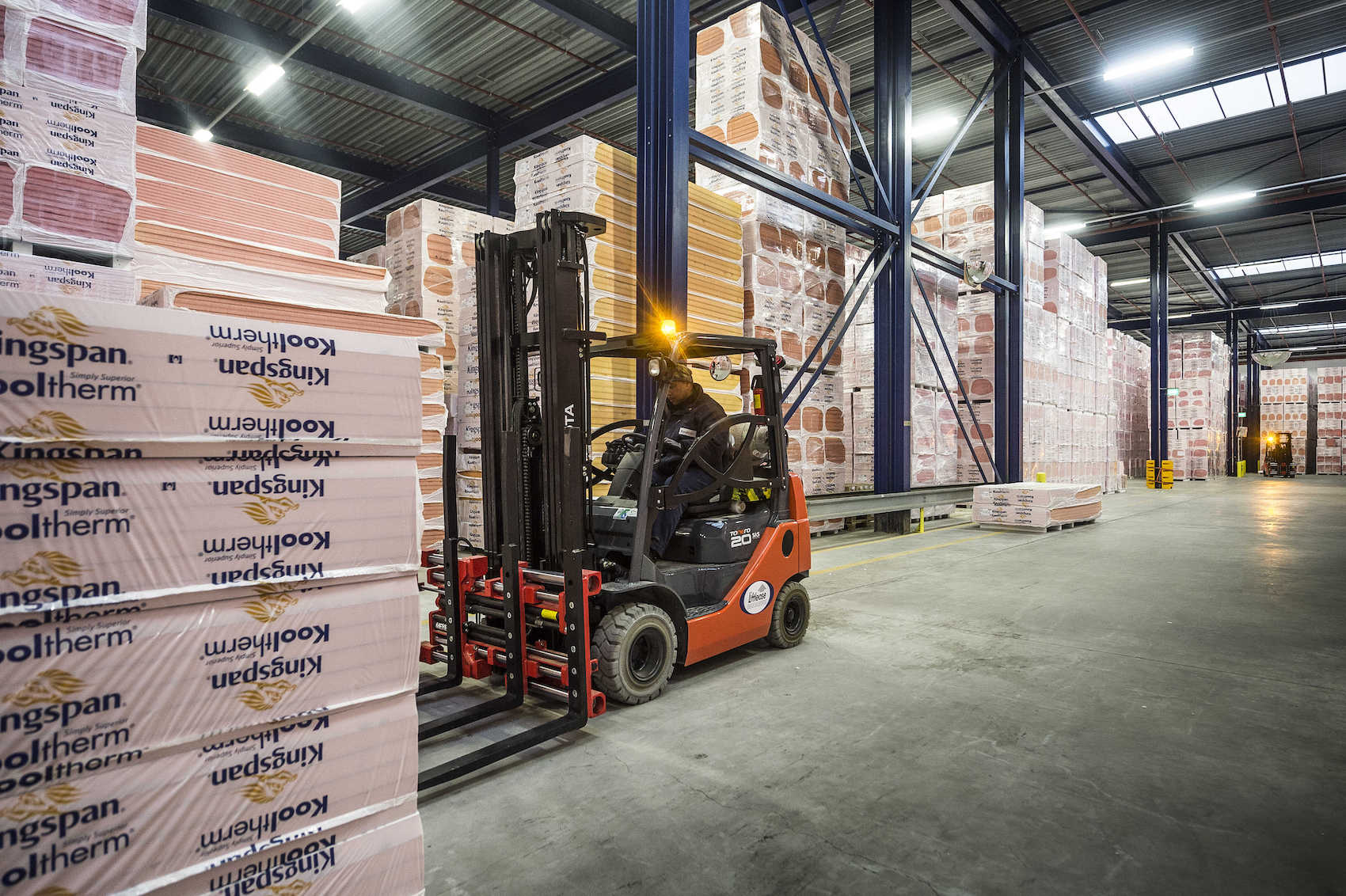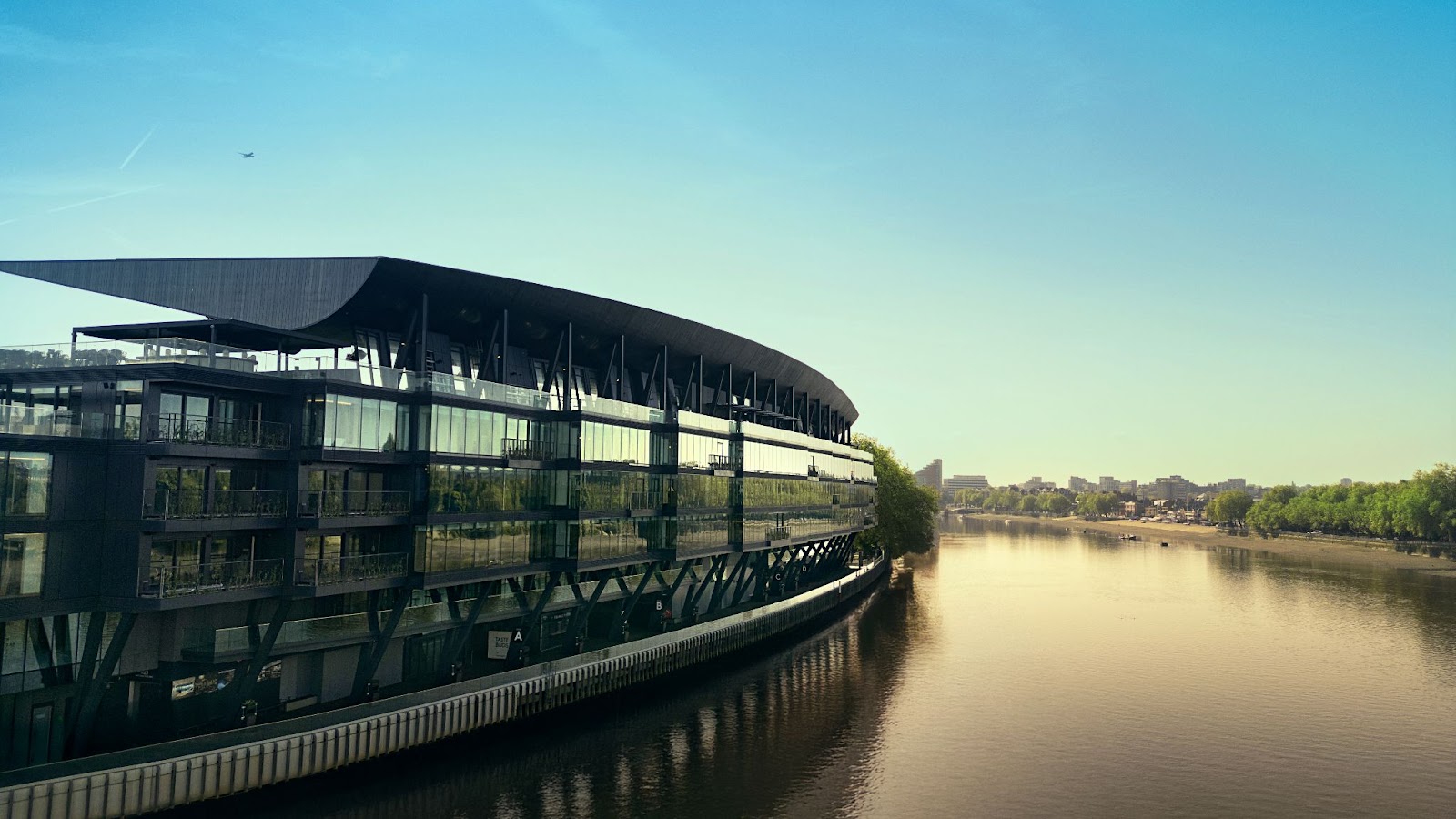Kingspan highlights the progress that it has already made in reducing operational and embodied carbon as part of its ambitious Planet Passionate sustainability programme.
In association with![]()
Specification is one of the most powerful tools we have for driving sustainability in the built environment. Whether it’s working towards net zero carbon, greater circularity, or protecting precious resources, such as water, design decisions that are made every day can have a positive impact. These are no longer things that are ‘nice to have’, they are essential to the future of our planet and the people who inhabit it. So, how can we as a sector truly make a difference?
Planet Passionate report 2022
Sustainable solutions
The answers run much deeper than simply increasing levels of insulation on a building or including renewable technologies. The entire supply chain has come under increasing scrutiny, and ESG has become an important factor for many specifiers and clients. It is not just a matter of product performance or the manufacturing process, but all the environmental and social impacts that are involved along the way, from sourcing raw materials to end of life.
Kingspan Group has been taking steps to address some of these concerns for decades, and with the launch of its Planet Passionate sustainability programme at the end of 2019, has set itself some seriously challenging targets to achieve by 2030. The publication of the Planet Passionate 2022 Report in March this year sets out the progress that has already been made towards these goals, such as the completion of over 100 projects in 2022 alone.
Kingscourt PV installation
Cutting carbon
Recognising that offsetting is not a sustainable approach to genuinely cutting carbon emissions, Kingspan has achieved a 26 per cent reduction in absolute scope 1 & 2 GHG emissions versus a 2020 base year [1]. This covers direct emissions from company owned machinery, facilities and vehicles, and indirect emissions arising from energy generation to service electricity, heating and cooling needs.
Among other measures, the reduction has been achieved through an increase in the direct use of renewable energy from 19.5 per cent to 33.4 per cent[2]. The Group also implemented an increase in the percentage of wholly owned facilities with solar PV, up from 21.7 per cent to 35.2 per cent. There has also been an increase in the percentage of conversions to zero emissions company cars from 11 per cent in the 2020 base year to 58 per cent in 2022.
To encourage further reductions and a conscious mindset, an internal carbon charge was introduced across the global business from January 2023. The starting price will be 70€/tCO₂e (scope 1&2 GHG emissions, excluding process and biogenic emissions).
Electric forklift truck moves Kooltherm insulation at Kingspan plant
When it comes to products, the estimated emissions savings benefit from Kingspan insulation systems sold in 2022 is 173 million tonnes of CO2e–, enough to power a major airline for 15 years[3]. However, operational carbon is just one aspect that needs to be considered. The embodied carbon of construction products is also an issue, and this has led to the launch of Quadcore LEC this year, representing a significant investment in the reduction of embodied carbon in the Insulated Panels division.
Using comparative Lifecycle Assessment Data (LCA) to the EN15804-A2 standard, this breakthrough in insulated panel technology demonstrates a 21 per cent reduction in embodied carbon in modules A1-A3 (product stage) for QuadCore AWP LEC in a 100mm thickness, when compared to existing Quadcore AWP. When comparing modules A-C (product stage, construction process stage, use stage, end of life stage) the overall reduction is 15 per cent, making an important contribution to reducing the whole life carbon of projects. The first products in the QuadCore LEC range are now available in the UK and Irish markets.
Daylighting improvements with polycarbonate rooflights
Conserving water
The Report highlights that the Group has achieved a 26 per cent increase in rainwater harvesting capacity versus its 2020 base year[4]. A major contributing factor was the installation of two huge underground rainwater harvesting tanks, along with two additional overground storage tanks at Kingspan’s Sherburn manufacturing site in Yorkshire, with a total capacity of 202,000 litres – enough to collect up to 5 million litres of water annually. This not only helps reduce the risk of flooding on the site and in the local surroundings, it also cuts mains water usage, as the garnered water will be used to clean the steel sheets before they are painted on the powder coating line – an otherwise water intensive process.
Rainwater harvesting
Supporting circularity
A reduction in company waste to landfill of 7,814 tonnes marked a 42 per cent decrease in this important area[5], as well as recycling 803 million PET bottles[6] into its manufacturing processes in 2022 – enough bottles to fill nearly 1,000 football pitches. The target is to hit 1 billion annually by 2025.
Contact Details
For more information, please email or visit the Kingspan website.
[1] The target is to reduce absolute scope 3 GHG emissions by 42 per cent by 2030[2] Target of 60 per cent direct renewable energy by 2030[3] Refers to the estimated lifetime in-use emissions savings benefit from Kingspan insulation systems sold in 2022. Assumes 60 year product life; based on an EU airline disclosure of over 9.2m tonnes of CO2e emissions for 12 months to March 2022[4] Group remains on track to harvest 100 million litres annually by 2030[5] Target zero waste to landfill by 2030[6] Equivalent number of PET bottles by weight




















